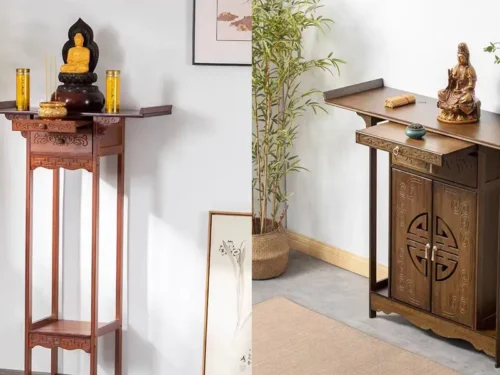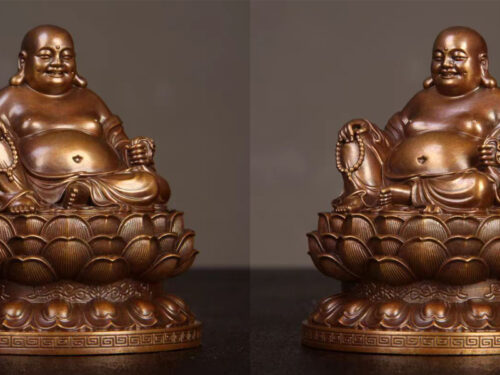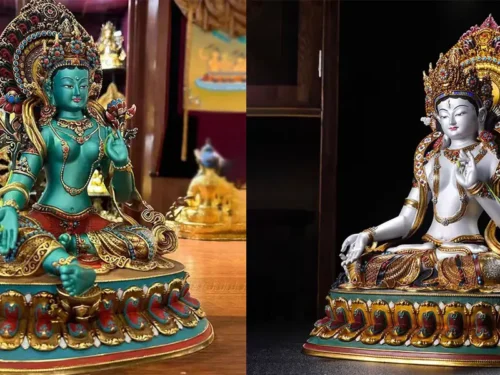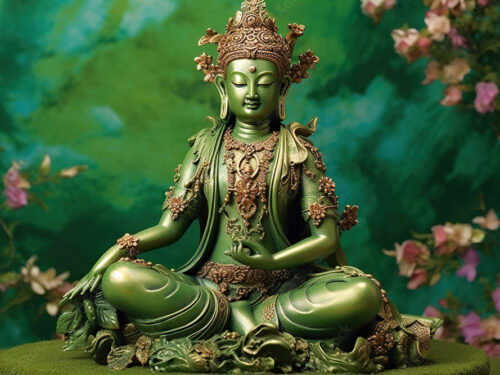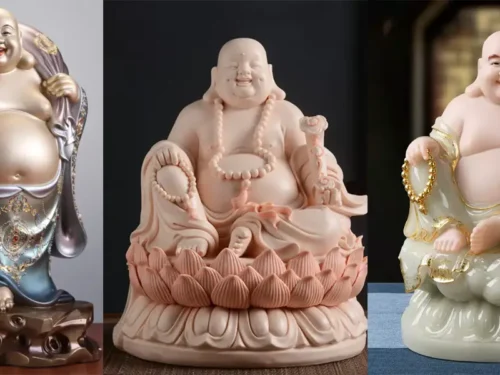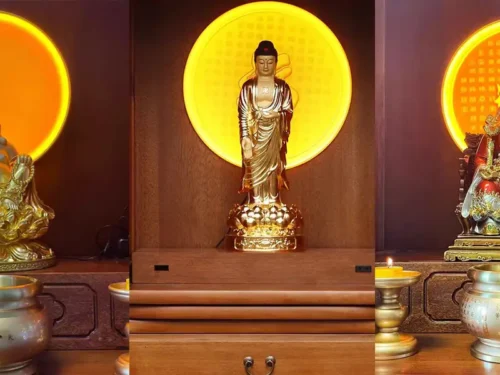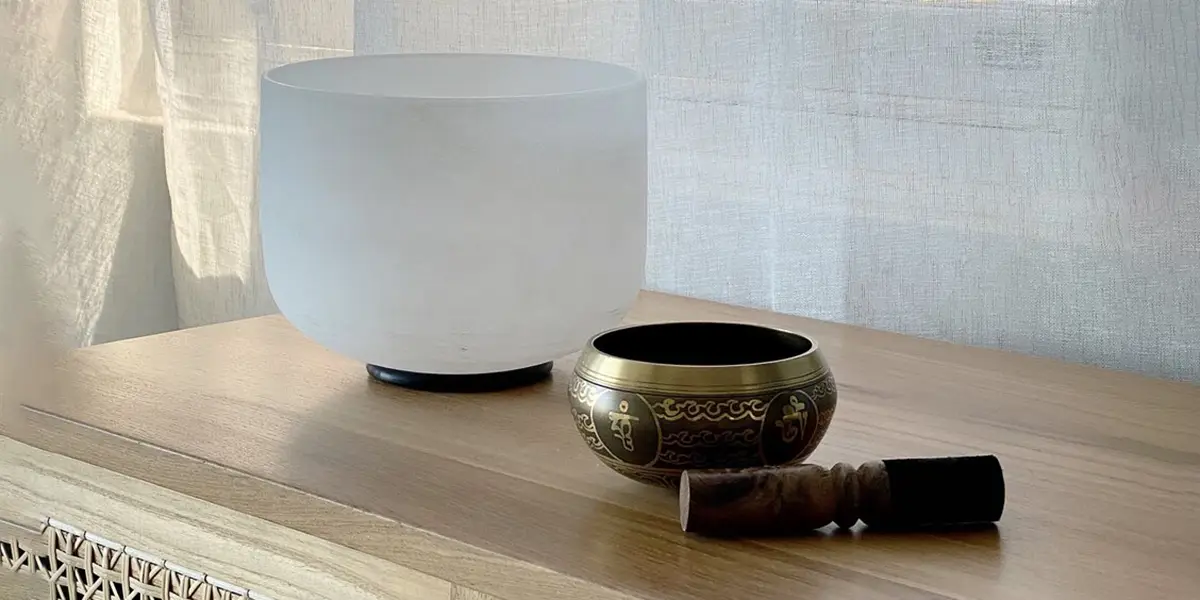
Table of contents
What are tibetan bowls? The Tibetan singing bowl, also known as the Himalayan singing bowl or Poba, has conquered the world with its charming voice and cultural significance. Originating in mysterious Xizang, these singing bowls have transcended geographical boundaries and found a place in the hearts of people seeking peace, meditation and overall health. In this extensive exploration, we will delve into the origin of singing bowls, different types of singing bowls, inscriptions on singing bowls, their uses, precautions for purchasing your own singing bowl, how to start using them, and necessary precautions and taboos.
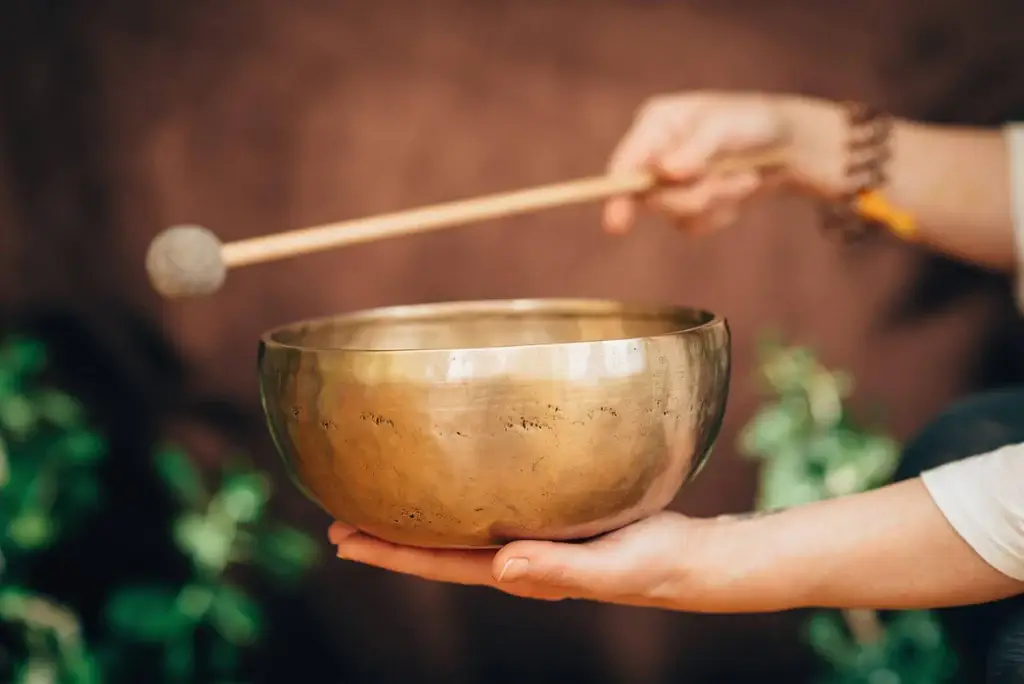
The Origin of Singing Bowls
The origin of Tibetan singing bowl can be traced back to the ancient Tibetan Bangbo culture, which existed before the introduction of Buddhism in Xizang. Originally made as musical instruments for religious rituals and celebrations, these bowls evolved into powerful tools for meditation and healing. The craftsmanship and spiritual significance contained in these bowls reflect Xizang’s rich cultural heritage.
What are the different types of bowls?
There are various types of Tibetan singing bowls, each with its unique characteristics and sound. Understanding these differences can enhance appreciation of these instruments:
- Metal composition:
Bronze bowl: usually made of a mixture of seven metals, including gold, silver, and copper, the bronze bowl produces warm and rich sounds.
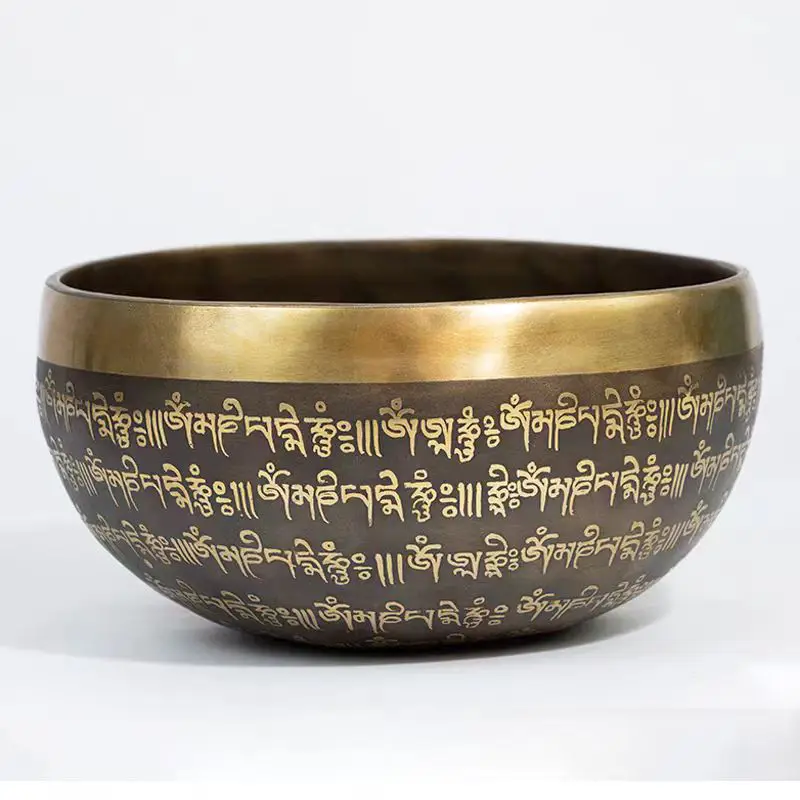
Crystal Bowls: Made of quartz crystals, these bowls provide clear and pure tones, typically associated with chakra healing.
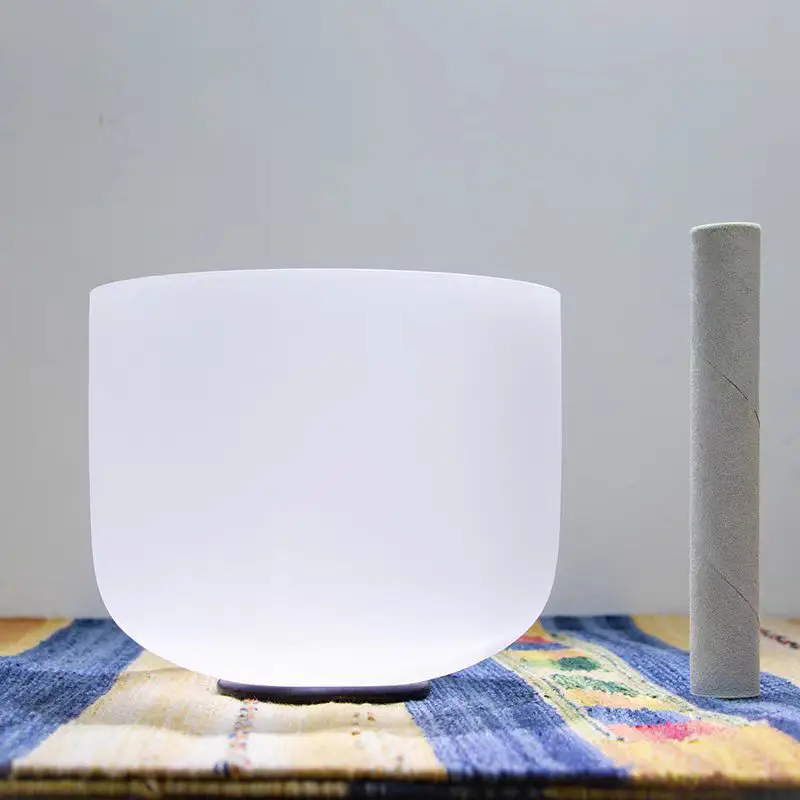
- Shape and size:
Handmade Hammer Bowls: Crafted through meticulous hand hammering techniques, these bowls typically have irregular shapes that add to their unique resonance.
Machine made bowls: Made using modern technology, these bowls have a more consistent shape and sound.
- Purpose:
Meditation bowl: designed specifically for meditation and relaxation.
Healing bowl: renowned for its therapeutic properties, commonly used in sound therapy practice.
What is written on tibetan singing bowl?
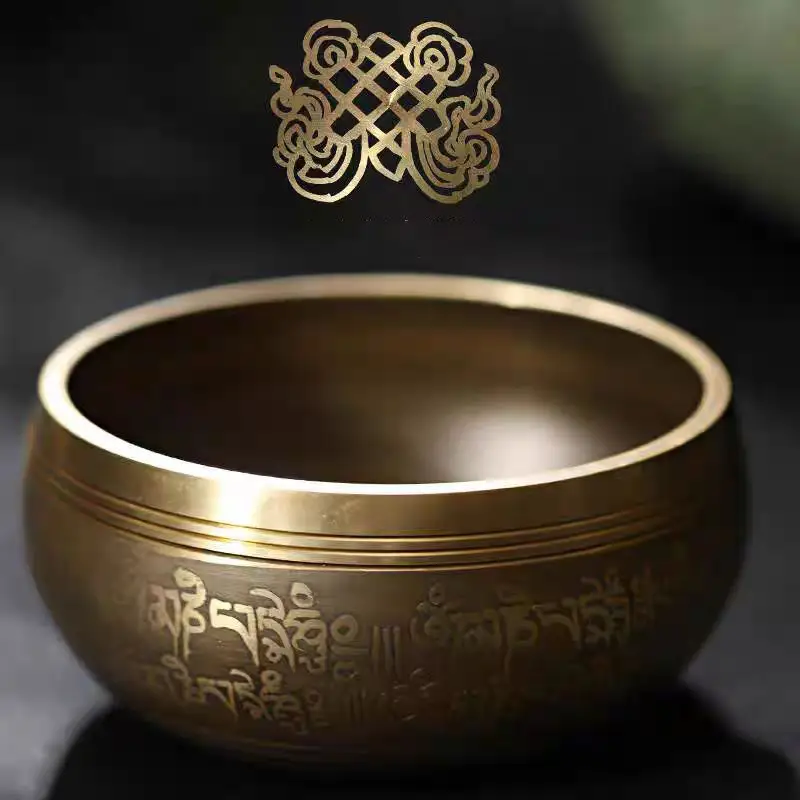
The Tibetan singing bowl is often carved with complex patterns and sacred symbols. The inscriptions on these bowls may include scriptures, prayers, or depictions of gods. These markers not only add visual appeal, but also endow the bowl with spiritual energy, enhancing its importance in meditation and healing practices.
What is a tibetan singing bowl used for?

The use of Tibetan singing bowls is multifaceted, as they are deeply rooted in Tibetan culture and religious traditions, and have found new applications in modern daily life. The following are some main uses of Tibetan singing bowls:
Meditation and relaxation: Buddhist Meditation Bowl are widely used for meditation and deep relaxation. Its harmonious and charming tone helps guide individuals into a meditative state, promoting inner peace and tranquility.
Healing and Health: The sound vibration of the bowl is believed to harmonize the energy of the body, emotions, and spirit, helping to balance the natural physiological rhythms of the body, and has a positive impact on both mental and physical health.
Religious rituals and celebrations: In Tibetan Buddhist rituals and celebrations, the singing bowl plays an important role. They serve as sacred instruments and are used in various religious ceremonies, including religious ceremonies, repentance ceremonies, and festive celebrations.
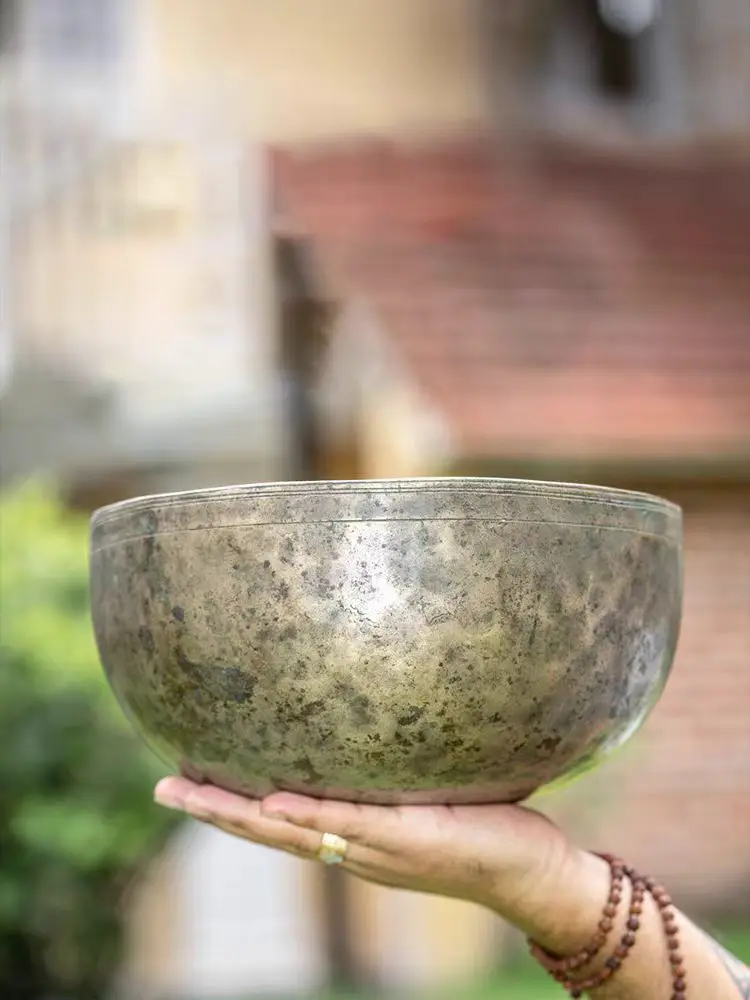
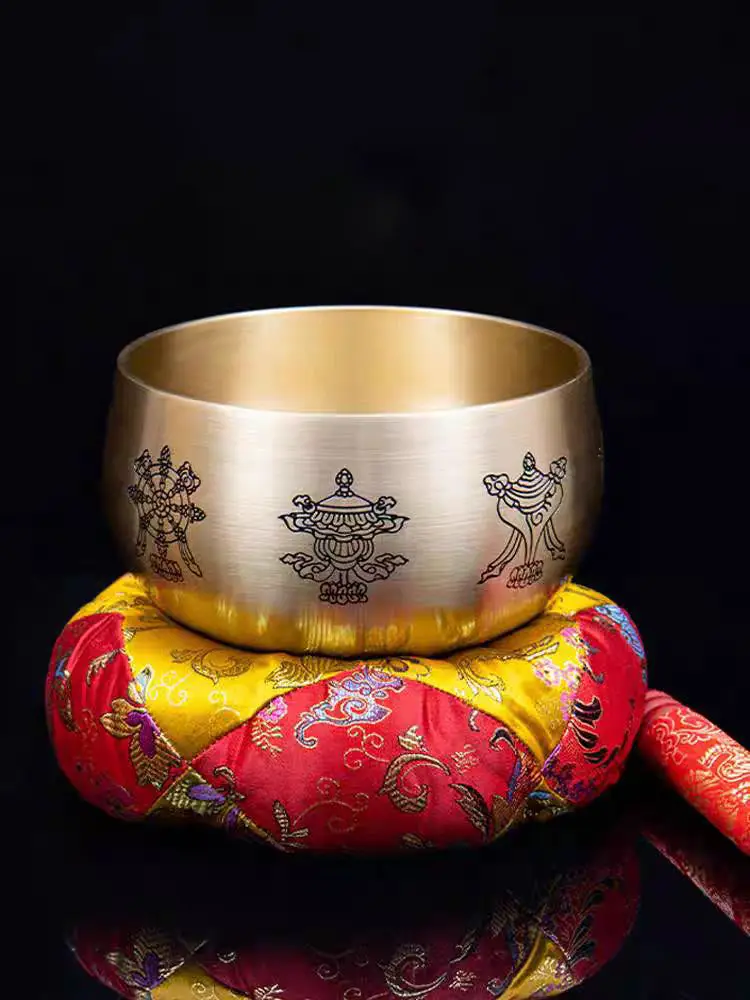
Concentration and mindfulness: The sound of a singing bowl can create a peaceful and peaceful atmosphere, which helps cultivate mindfulness and concentration. In meditation and yoga practice, the singing bowl is often used as a tool to guide attention.
Spiritual healing: Tibetan Healing Bowls are also applied in psychotherapy and psychological healing. Its sound vibration can trigger positive responses from the body and mind, helping to alleviate anxiety, depression, and other mental health issues.
Music performance and performing arts: With the global recognition of Tibetan culture, Tibetan singing bowls have also been applied in music performance and performing arts. Artists and musicians use singing bowls to create unique musical effects, blending traditional and modern musical elements.
Education and Cultural Heritage: As a part of Tibetan culture, Tibetan singing bowls are used for education and cultural heritage. In schools and cultural institutions, people inherit and promote this ancient artistic tradition by learning how to make and perform singing bowls.
Workplace applications: In some workplaces, especially yoga parlors, meditation centers, and offices, singing bowls are used as tools to relieve work pressure, improve focus, and create a peaceful atmosphere.
I want my own singing bowl. What should I look for?
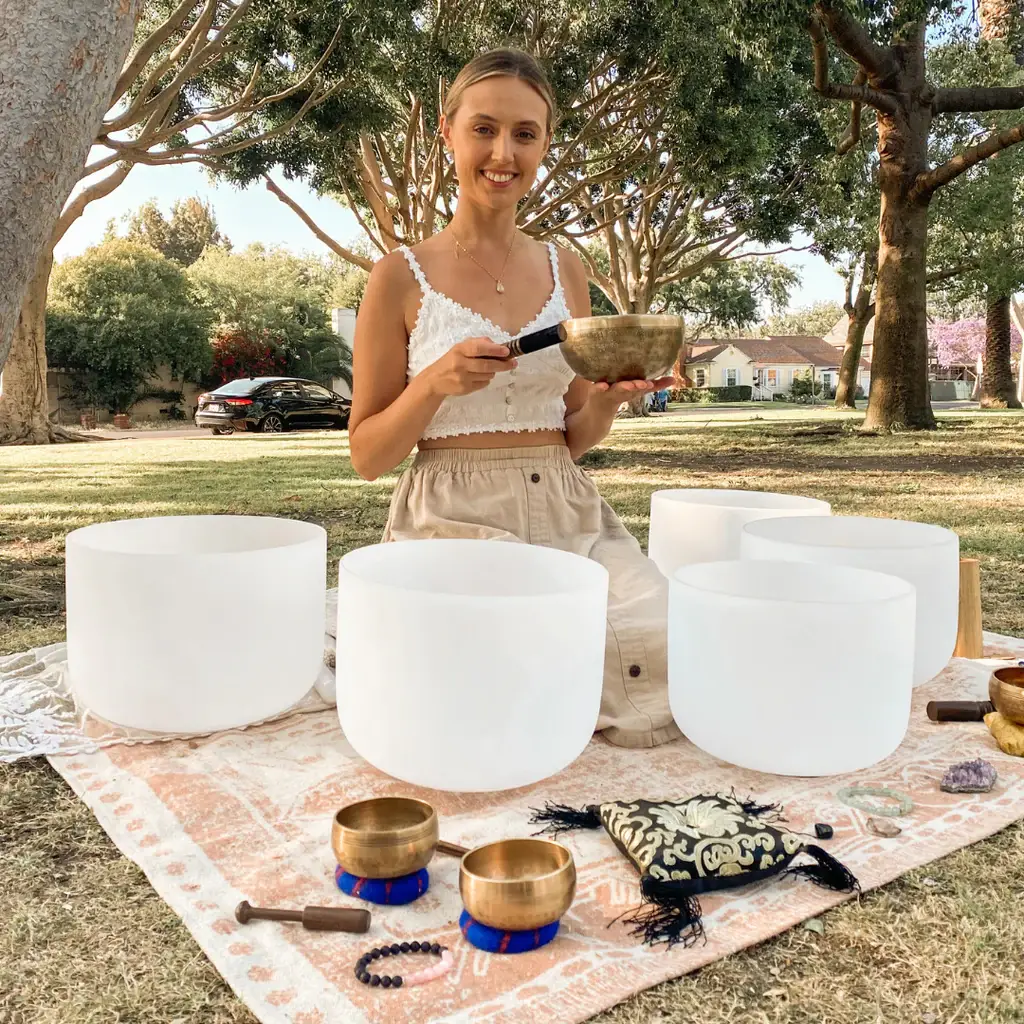
If you crave to embrace the harmonious charm of Tibetan singing bowls, consider the following factors when purchasing:
- Sound quality:
Test the sound quality and resonance of the bowl. A bowl that resonates with you personally will enhance the meditation experience.
- Process:
Check the craftsmanship to ensure that the bowl is well made and has no defects that affect the sound.
- Size and weight:
Choose a size and weight that is both comfortable and resonant for you.
- Design and Inscription:
Consider the symbolic significance and appearance of the bowl, as well as any inscriptions that may have personal significance.
I want to start using singing bowls. Where do I start?
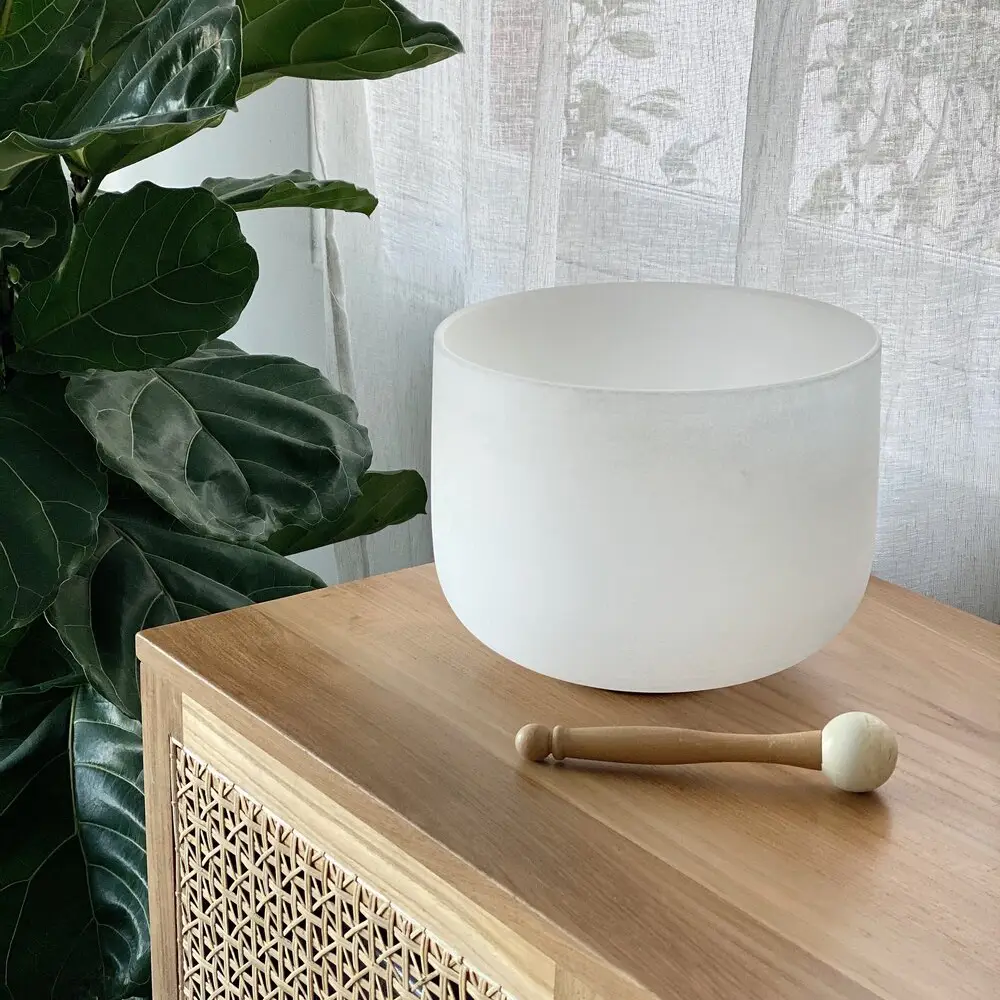
Starting to use Tibetan singing bowls is a joyful and introspective attempt. Here are some guiding steps:
- Learning:
Understand the cultural and spiritual aspects of Tibetan singing bowls. Understand the importance of different symbols and inscriptions.
- Create sacred space:
Create a peaceful space specifically for your practice, enhance your meditation experience, and completely immerse yourself in sound vibrations.
- Try different techniques:
Explore different playing techniques, such as using a hammer or rubbing the edges, and discover the various sounds your bowl can produce.
- Integration into meditation:
Integrate the singing bowl into meditation. Let charming voices guide you into deeper levels of relaxation and mindfulness.
What should you not do with a singing bowl?
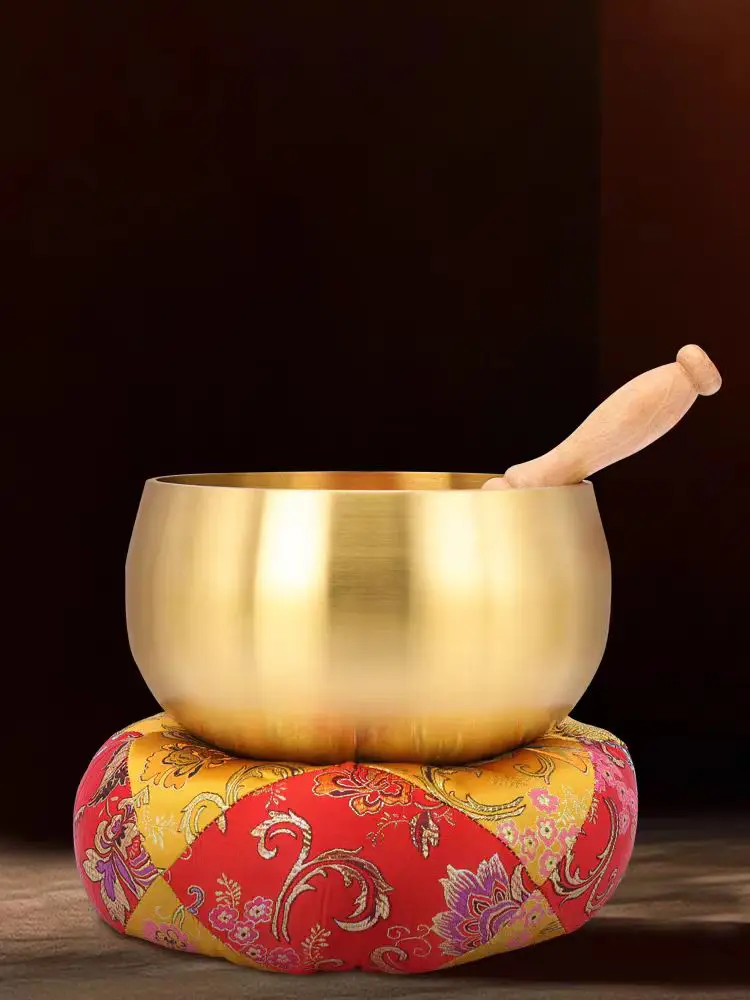


Although singing bowls is very flexible and beneficial, there are some practices that need to be avoided in practice:
- Avoid excessive tapping:
Excessive tapping may damage the bowl or produce an undesirable tone. Gentle and controlled tapping is more effective.
- Do not neglect maintenance:
Regularly clean the singing bowl to remove dust and maintain its vibrational purity. Neglecting maintenance may affect its resonance.
- Avoid extreme temperatures:
Do not expose the singing bowl to extreme temperatures, such as direct sunlight or freezing conditions. Store it in a mild environment.
- Don’t rush to learn:
Learning to play the singing bowl requires time and patience. Don’t rush to learn, but enjoy the gradual process of mastering skills.
Overall, what are tibetan bowls? the Tibetan singing bowl is not just a musical instrument; It is the gateway to inner peace, meditation, and overall well-being. Whether due to its cultural significance or the therapeutic benefits it provides, integrating singing into life can be a transformative and enriching experience.

